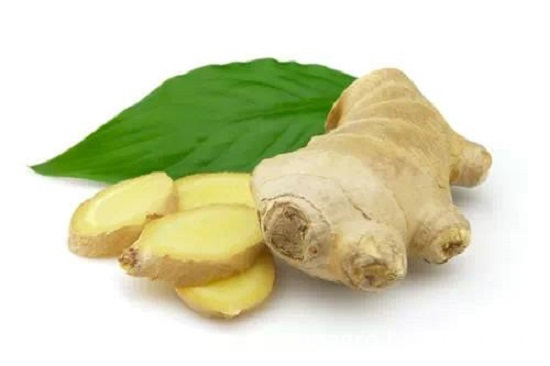The tree is pruned. The peach tree is a light fruit tree and is dry and weak. Strong growth and short life span, the sprouting force and hair branching force are very strong, prone to secondary to three secondary shoots. If you do not prune properly, the result is poor. Therefore, the shape of a happy tree with no central stem is used for shaping or trimming.
1. Sapling pruning. When saplings are pruned, their growth should be fully utilized, and the sprouting force and branching force should be strong. The early-maturity buds can form multiple secondary shoots on the strong branches, and the early formation of flower buds, etc. On the one hand, the canopy can be expanded and cultivated on the other hand. Strong backbone sticks. (1) Fix it. It is generally set at a height of 30-50 cm. (2) Primary collateral culture. After the spring sprouting shoots reach 10-20 cm in length, 3-5 new shoots are selected in the plastic band and the rest are removed. (3) Pruning of the result stick group. The main branch, the lateral branch of the middle and lower parts of the tree trunk should be kept large, the medium-sized branch group, the upper part of the crown and the periphery should be left more small branches, resulting in "Large outside small, more under the small" layout. The distance between branches was about 1 meter in the same direction as the large branch group, about 60 centimeters in the middle branch group, and about 30 centimeters in the small branch group. (4) Results of pruning. For the species with long fruiting branch results, the short cut should be the main; for the species with short fruiting branch, the sparse shearing should be the main species.
2. Fruit trimming. It mainly regulates the relationship between growth and results, maintains robust trees, cultivates and renews fruiting branches, eliminates excessively dense branches, improves internal light, and prevents outward movement of the resulting parts. The pruning method is repeated in the middle and lower parts of the tree or fruiting shoots, leaving 3-5 sections or 1-2 sections depending on the strength of the branches, and promoting the development of new shoots to form the next year's result branches. (1) Single branch update. When the tree vigor is strong, the long and middle fruit sticks will leave 3-5 buds out of the cut, resulting in one side of the result, and one side of the branches. The varieties with less flower buds or smaller fruit branches may also be lightly cut and long. (2) Both branches update. For the two adjacent fruiting branches, a light shear was made in the upper part. As a result, the lower one left 2-3 buds and was left as a preparation branch. (3) Three updates. That is, a retracting result, one long-distributed to promote the majority of short-fruiting branches, leaving 2-3 buds to make a short cut for the preparation of branches, so that growth and development of branches. In the following winter cut, the resulting shoots were cut off, the long branches were cut short, and the results of several short fruit branches were left. The development branches of the ready branches were one long and the other cut.
3. Growing season trim. (1) wipe buds. From the end of April to the beginning of May, after the buds have sprouted, choose to leave a stubborn shoot on the site where you want to leave the branches, and wipe out the remaining dense shoots. (2) Thinning. From early May to early June, when shoots grow rapidly to reach about 30 cm, judging the quality and nature of shoots according to growth potential, roughness, and parts, competition branches, thin branches, dense branches, and drooping branches shall be removed. The budding and overlying branches of the inner part of the crown should be removed. (3) Topping up. For the first time from mid-May to early June, the saplings are mainly taken from the outside. The new shoots with a length of 35-45 cm or more can be used to extend the branches at an appropriate angle and angle. Tip topping or cut off, following the tip of the shoot topping control. The second time from the end of June to early July, will not stop growing Wang tipping; the third in late August to early September, remove the tips of the tip of the main and auxiliary tip, increase nutrition accumulation, safe wintering to do Ready.
Product category of Fresh Ginger;We are a professional manufacturer from China, fresh ginger, air-dried ginger supplier/factory, wholesale high-quality fresh ginger research and development and manufacturing products, our company mainly processing and exporting ginger, perennial processing and sales export air-dried ginger, fresh ginger, specification: 50g, 150g, 250g, 300g, 350g.There are calcium plastic boxes, boxes and mesh bags. Our company has its own factory below. There is an assembly line of ginger washing equipment.We have perfect after - sales service and technical support.Looking forward to your cooperation!

Tender Ginger,Fresh Tender Ginger,New Crop Ginger,Organic Fresh Ginger
Jining Sunagro Trade Co., Ltd. , https://www.sunagro-food.com